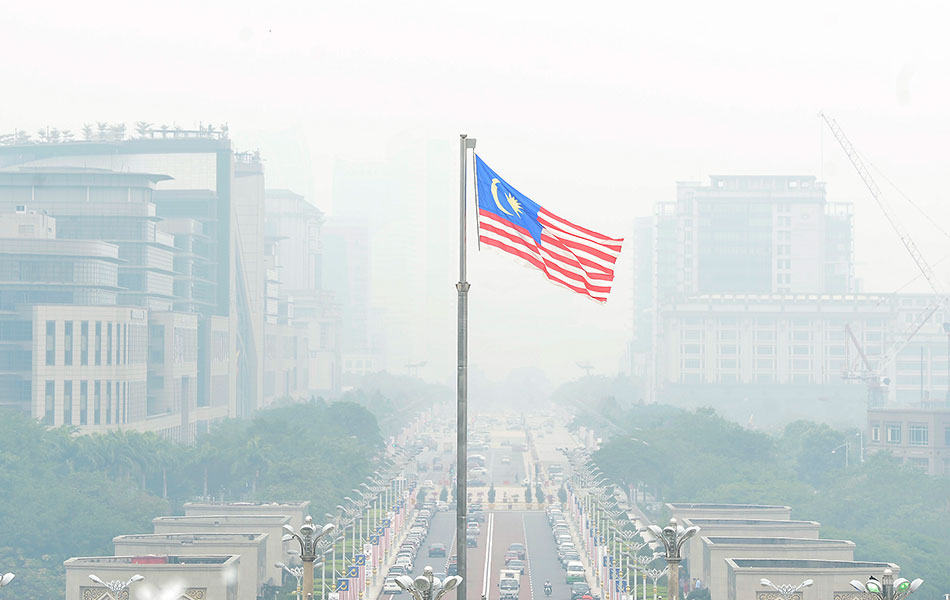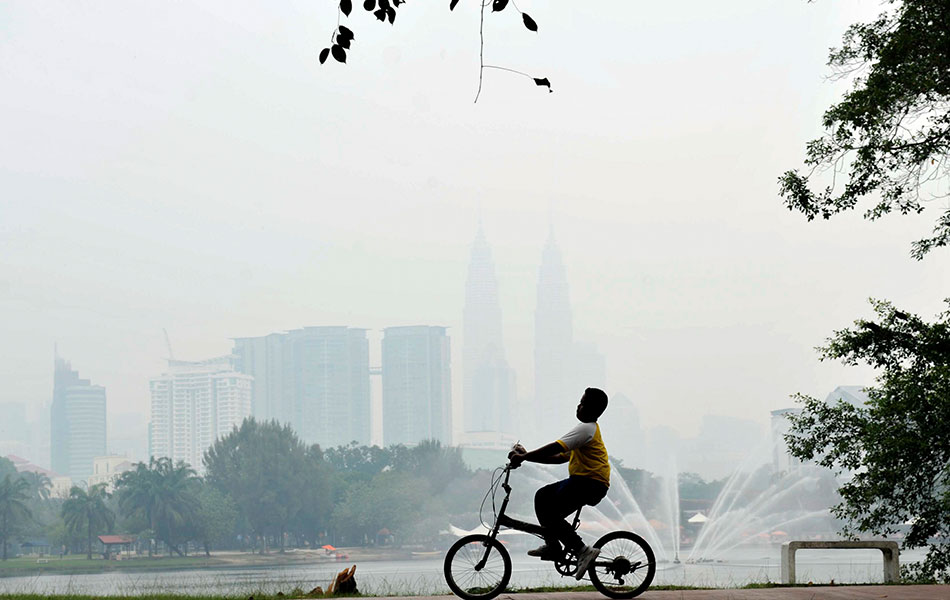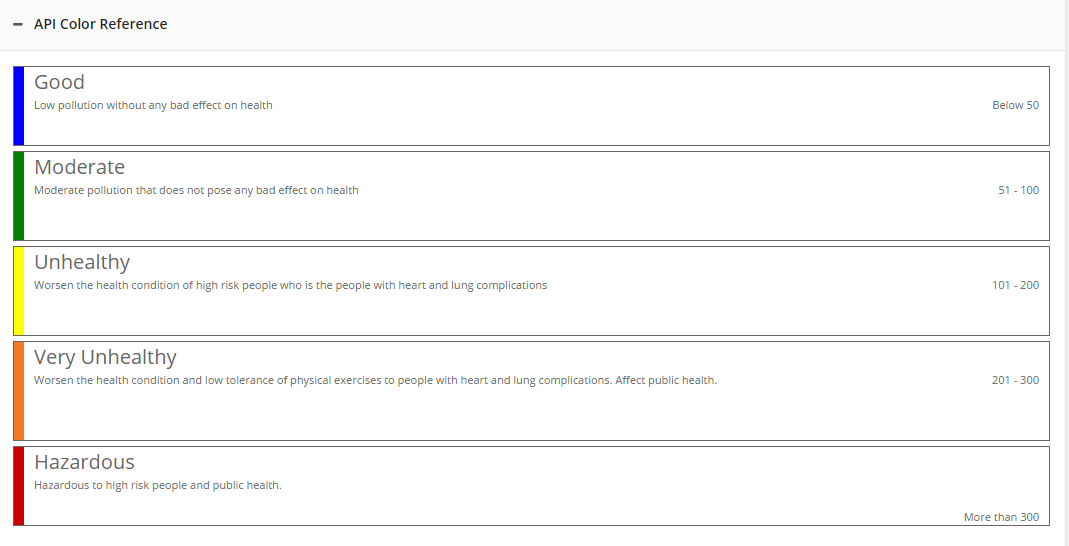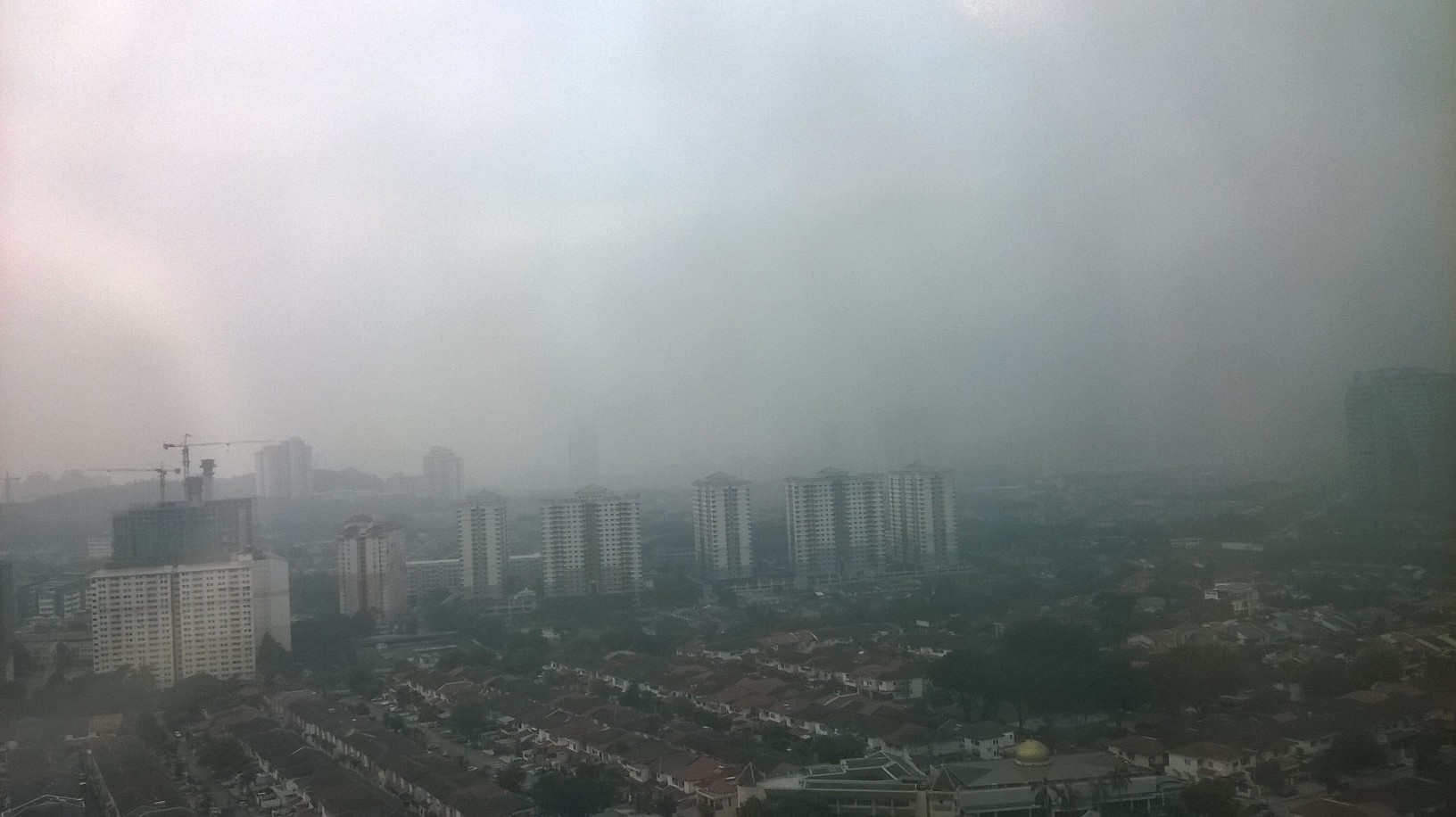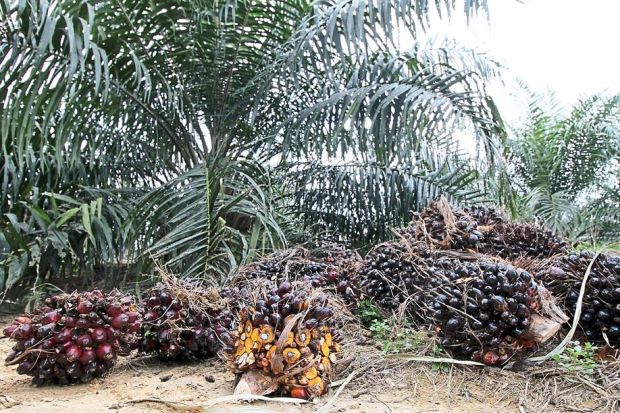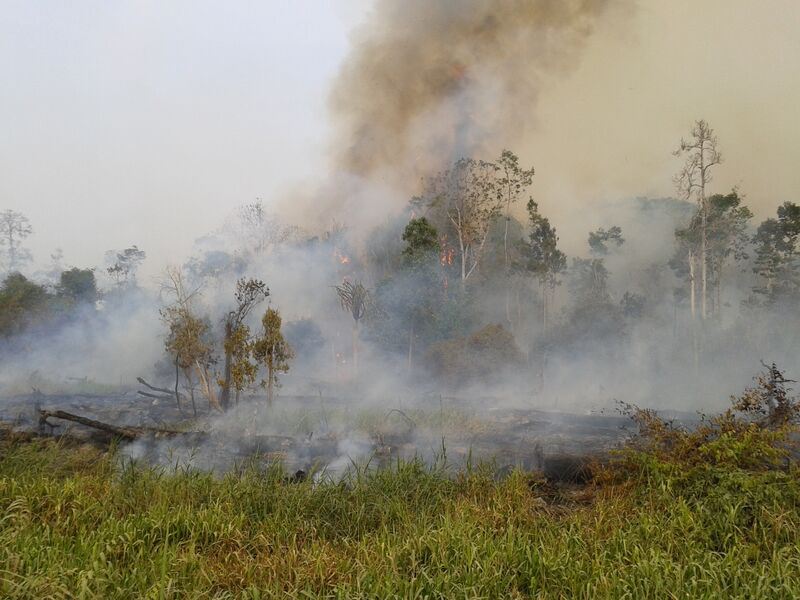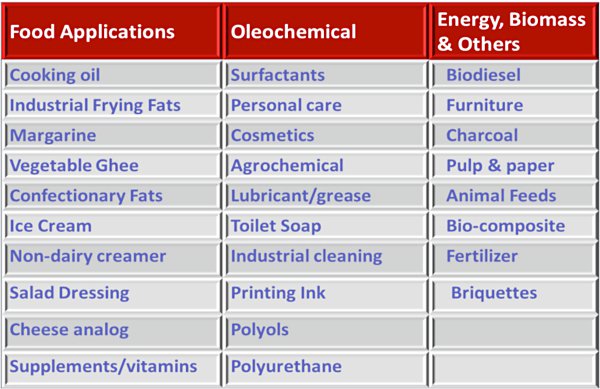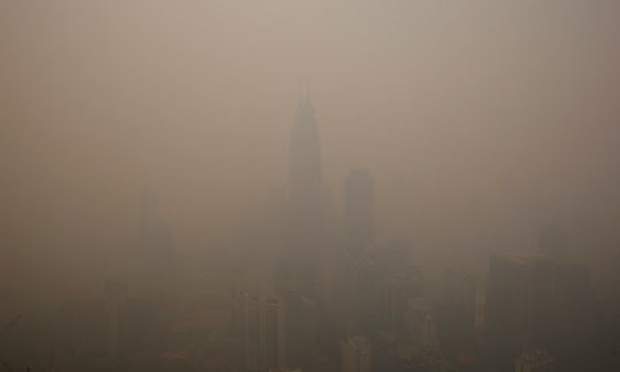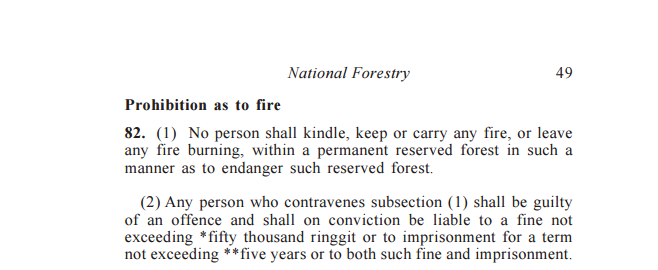Okay, The Haze Is Back. Why Is It An Annual Thing Again?
For the past few decades, haze has become an unfortunate reality in Malaysia and from the looks of it, this nightmare isn't going to be over anytime soon.
"The haze is back and it's bad," you say. Yes, it's that time of the year again.
The government offices in Putrajaya were covered in haze with a moderate Air Pollution Index (API) reading of 88 on September 2, 2015
Image via Astro AwaniThe Star reports that the haze is due to open burning in Indonesia’s Sumatra and Kalimantan provinces "as it is the fastest way to clear plantation and forest lands."
Seven areas in Peninsula Malaysia recorded unhealthy air pollutant index (API) readings as at 8am Tuesday.
Nilai recorded the highest API reading at 135 followed by Bukit Rambai (126), Port Dickson (117), Seremban (114), Batu Muda (112), Malacca (110), and Banting (107).
Several other areas recorded high moderate readings, such as Port Klang (97), Putrajaya (95), Muar (95) and Shah Alam (91).
Meanwhile, Sarawak, which was previously the worst-hit state, recorded moderate-to-good API readings.
Samarahan recorded 88, followed by Sri Aman (82) and Kuching (77), with Limbang having the lowest API reading of 20.
What do the numbers in the Air Pollution Index (API) mean? Basically, anything above 100 is considered unhealthy.
The API calculation is based on five major air pollutants, namely sulphur dioxide (SO2), nitrogen dioxide (NO2), ground level ozone (O3), carbon monoxide (CO) and particulate matter with a diametre below 10 micrometres (PM10).
The highest API value ever to be recorded in Malaysia was 839 in Kuching back in 1997 during the Southeast Asian haze that was caused by the forest fires in Kalimantan and Sumatra.
Ever wondered what is actually in the smoky mess that you inhale every year?
Haze is an atmospheric condition where particles, smoke, dust and moisture suspend in the air obscuring visibility.
Sources of haze include emissions from power plants, industrial activities, traffic as well as farming practices.
In Southeast Asia, haze possesses a serious and recurring problem every year, particularly between May to October, due to the burning of forests in some countries to clear land.
So, why is Indonesia constantly lighting up their forests and dirtying up our air?
Oil palm, being one of the major reasons for forest clearance in Indonesia, has also been a crucial contributor to the Indonesian economy with most countries in Asia heavily consuming palm oil.
For years, the use of palm oil has been growing steadily in our economies.
Cheap and convenient, it is used in baked goods, confectionery, cosmetics, body products and cleaning agents.
In order to cultivate oil palm plantations, unscrupulous people have succumbed to drastic measures to gain profit
With growing demands for palm oil from heavily populated countries like India and China, the number of forest fires in Indonesia has been hiking up too, causing extensive air pollution in neighboring countries, especially in Malaysia and Singapore.
Growing oil palm plantations require the clearing of forests, often by corrupt means. Pristine rainforests are being cleared everyday to grow palm oil.
Hundreds of species including orangutans are being wiped out slowly for our sugary packaged snacks and fragrant, chemical-filled soaps and shampoos.
Palm oil is really commonly used in food products, cosmetics, body products, and cleaning agents. Pretty much 'everything' you use on a daily basis.
This isn't the first time our over- consumption of palm oil has come under flak. The French Ecology Minister has urged the people to stop eating Nutella to save the environment. More on this:
Unfortunately, we made the list too. World Wide Fund For Nature (WWF) have named Malaysia as one of the biggest contributors to air pollution in Southeast Asia
The burning of forests to clear land for oil palm plantations in Indonesia and, to some extent, Malaysia, has been cited as the major cause of the air pollution that affected many areas of Southeast Asia in recent years including Singapore and other cities.
Once started, many of the fires in peat forests burned uncontrolled both underground and above ground for months.
While the practice of burning has been outlawed in Malaysia and Indonesia, it is still occurring as well as in other parts of the world where plantation establishment is now occurring.
Surely there are laws against burning forests in Malaysia?
The law which falls under the National Forestry Act 1984, Act 313, Section 82 prohibits the people from carrying, keeping or leaving fire burning in forest reserves.
We can't play the blame game anymore as several Malaysian owned firms have been sued in the past for starting forest fires in Riau, Sumatra
A Malaysian manager at plantation firm PT ADEI Plantation and Industry, a unit of Malaysia’s Kuala Lumpur Kepong Berhad, was found guilty on Tuesday of causing forest fires in Riau last year that led to haze choking neighboring Singapore and Malaysia.
The Pelalawan District Court in Riau sentenced ADEI general manager Danesuvaran KR Singam to a year in prison and the option of paying Rp 2 billion (US$168,800) or serving an additional two months in jail for violating Article 99 (1) of the 2009 Environmental Protection and Management Law.
Preliminary investigations have singled out eight plantation companies owned by Malaysian investors as the source of forest fires in Riau that have caused Southeast Asia’s worst ever air pollution crisis.
Okay, perhaps you've heard enough about forest fires. It's been raining these days, that will clear things up, right?
According to the Malaysian Meteorological Department, only a heavy downpour teamed with thunderstorms and strong wind movements would help to clear up the haze.
In this case, widespread heavy rain and thunderstorms with strong updrafts and downdrafts are more effective, whereas light rain showers of short duration are usually quite inefficient in cleansing the atmosphere in a severe haze situation.
Breathing in the haze on a daily basis can't be good for us, that's for sure
Depending on how sensitive you are, the severity of the haze and the time of exposure, you may experience the following short-term adverse effects:
• Irritated eyes, watering eyes, and/or conjunctivitis (a type of eye inflammation)
• Running nose, stuffy nose, sneezing, and/or post-nasal drip
• Throat irritation, dry throat, sore throat and/or coughing
• Headache, dizziness, fatigue and/or stress
• Decreased lung function, depressed respiratory immune defenses, chest pain, and/or bronchitis (lung inflammation)
Should the haze worsen, the public are usually advised to stay indoors and avoid unnecessary outdoor activities.
If you find it’s way too suffocating, protect your living environment by getting the best air purifiers with Lazada Vouchers today.
